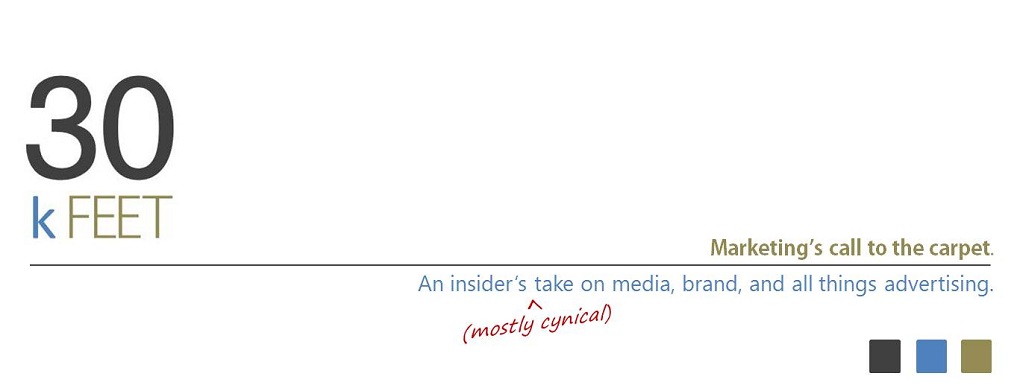A second logo before your product even
launches!?
Why not? Mother always said first impressions were everything.
And when you’re talking about launching a brand, the logo is
a huge part of that
impression. To ensure take-off, it has to capture the very essence of the
product.
Making the proper
rounds, Katie Couric joins ABC...
Shortly after leaving CBS in May of last year, Katie
announced a deal with ABC to develop and host a day-time talk show starting in
the fall of 2012. Now, that’s a lot of lead time.
To provide the media with something tangible to chew on, the network developed this creative:
Although never considered the final representation for the
new deal, it served the simple utility of attaching to various press releases
while capturing Ms. Couric’s aura perfectly.
Fast-forward a year, and it’s time to get real. The show’s Executive
Producer announced earlier this week that the official premier of Katie
will be Monday, September 10th. Gone was the placeholder creative of soft purple,
cursive writing and the smiling Couric herself.
In its place, the
show’s official logo:
Yea, this feels awkward to me. The first thing I thought of was
‘feminine hygiene.’ The color palate and circular movement feels a little too “Summer’s Eve” for me…
 |
| ...Anyone else? |
And was the oval-esq frame intended to be a “C” for “Couric,” or
is that just a coincidence?
If I can force the thoughts of feminine care from my mind,
it still feels a bit out of date – at best, early 2000s; at worst, late 80s jazzercise
video.
Wait, is the logo
meant to represent Katie, or ‘Katie?’
Maybe that’s our issue – we’re thinking about it the wrong
way. While the first creative sample was designed to reign in Katie the person and all she may bring to the
network in style and flavor, the second is tasked with representing the show itself – capturing its unique tone
and intended (broader) position.
While we have no doubt the similarities between both the
person and show will be many, it is important we try to separate the two in our
minds – especially if Katie intends to host/guest interview on a variety of
other ABC broadcasts.
Still, if the show’s logo is an accurate indication of what
will inevitably manifest on-air, I don’t think the concept will take wing.
America can love Katie but hate the box she’s put in. I guess we’ll find out
come September…
What do you think?




















